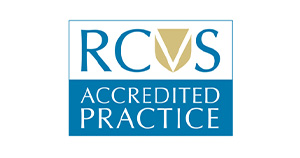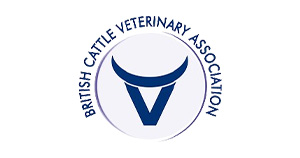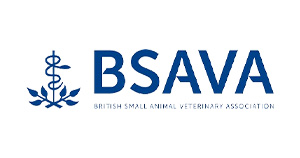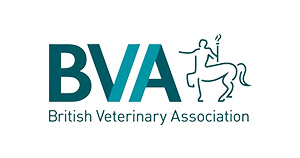Bibby talks LDA
Published on: Jan 12, 2020
Even if you are not very familiar with cows, you are probably aware of the fact they have four stomachs. Ruminants have multiple stomachs to make them more effective at getting nutrients from food products that we humans would be unable to digest. They are highly efficient digesters!
Dairy cattle are working very hard shortly after they have had their calf and they start to produce milk. At this point in their lactation, they are required to eat lots of high energy food to keep up with demands. As you can imagine, if you have a complicated digestive system and you are working very hard, there is a chance that things can go wrong.
Unfortunately, that is what happened to a cow I visited recently. This particular girl had calves about 6 weeks ago, she was actually doing really well up until a few days before my visit. However, the day before my visit the farmer had notice this cow had gone off her food. She had also had a massive reduction in the amount of milk she had been producing. The farmers we work with are very tuned into the cattle they work with, and it was because of this they called for a vet.
During my clinical exam of this girl, whilst percussing her left abdomen I heard a “ping”. This is what we hear when there is a build up of gas within an organ. In this case I was pretty sure one of her stomachs, called the abomasum had twisted round to the wrong place in this cow; what we call a Left Displaced Abomasum (LDA). Amongst other things, I also checked this cows blood ketones, with a tiny portable metre, like those you see at the doctors. The results indicated that this cow was ketotic. Blood ketones are raised when a cow goes into negative energy balance, because she’s not eating enough and has to start mobilising her own fat reserves.
We couldn’t leave this cow as she was, she was in discomfort and she wasn’t producing milk like she should be for her stage of lactation.
There are several different techniques for correcting an LDA, at the practice we prefer to correct LDA laparoscopically. We clip and clean three small patches on the left side of the cow. We put local anaesthetic at the sites were we put our instruments in, so the cow is not aware of us performing the procedure. We are able to visualise inside the cow, meaning we can confirm our diagnosis and make sure we correctly stitch the abomasum back to its normal location. We can do all of the by only making two very small incisions into the cow.
This procedure allows for quick correction of the displaced abomasum, without having to open up her abdomen, as you would for conventional surgery. Minimising the risk of infections entering her body cavity, which could cause peritonitis.
The procedure is fairly quick, we had corrected the LDA, and given her some pain relief as well as rehydrating her with oral fluids, adding in some supplements to help her decrease her blood ketones. She was back to bed after around 45 minutes to sleep of the rest of her sedation.
I checked up on the cow and I’m pleased to say she’s now doing really well and back to producing lots of milk.

Author –
Bibby Thomas
2023’s wet weather primed pastures for lungworm! Learn how to prevent lungworm in cattle with vaccination & integrated parasite control strategies.
lungworm in cattle | lungworm vaccine | Huskvac cattle | cattle parasite control | sustainable parasite control | bovine respiratory disease | ivermectin resistance | APHA Scotland | Shepton Vets lungworm control











